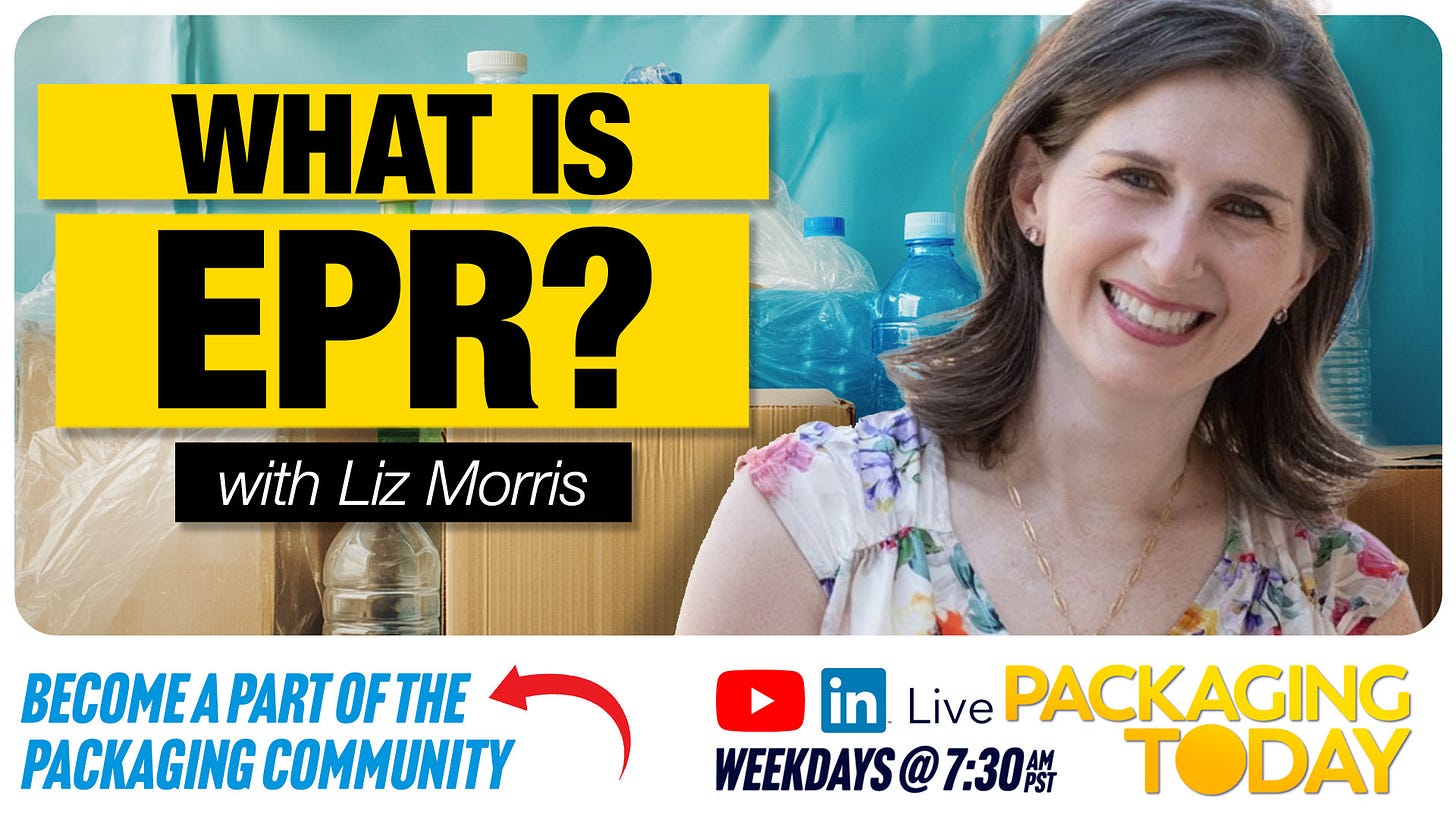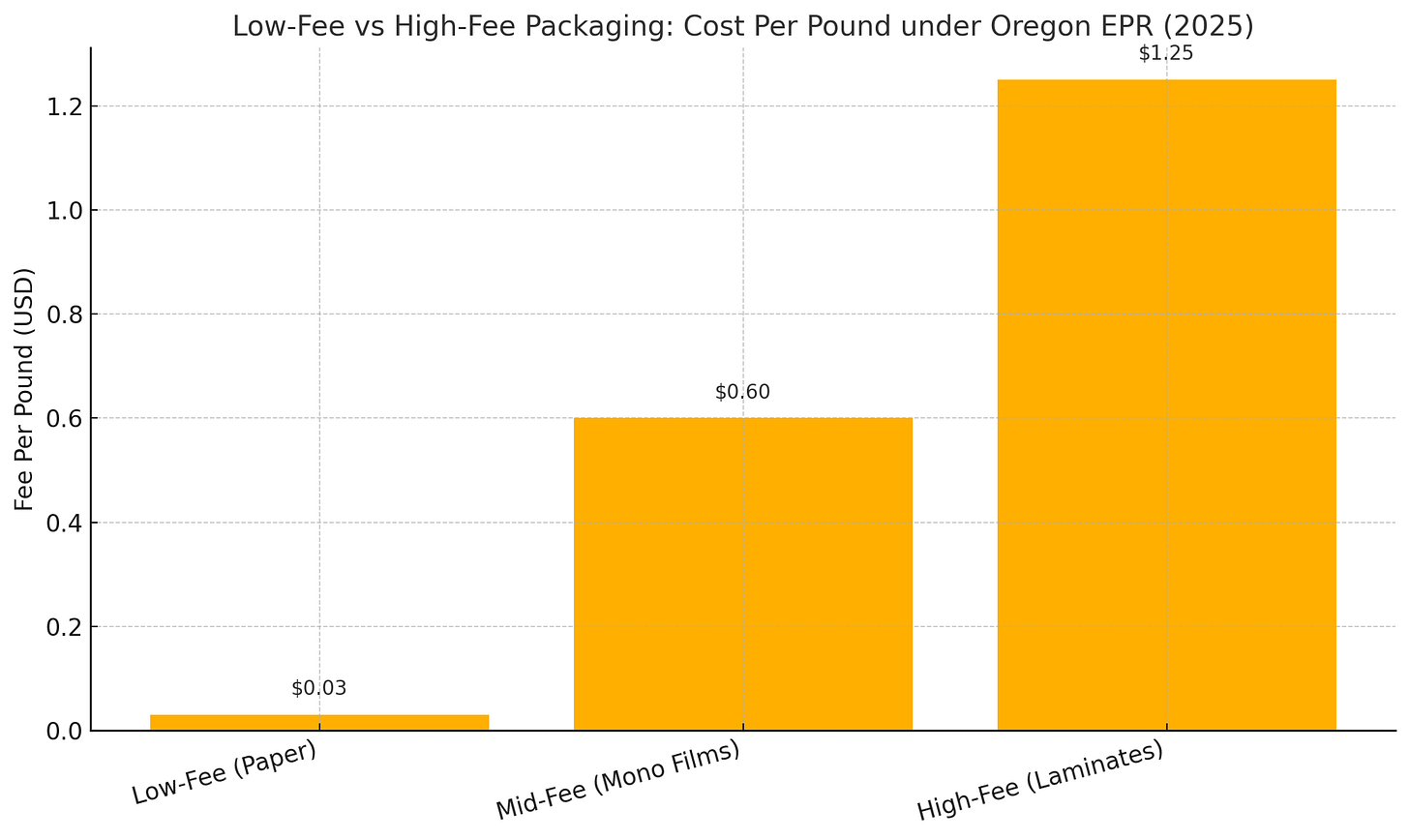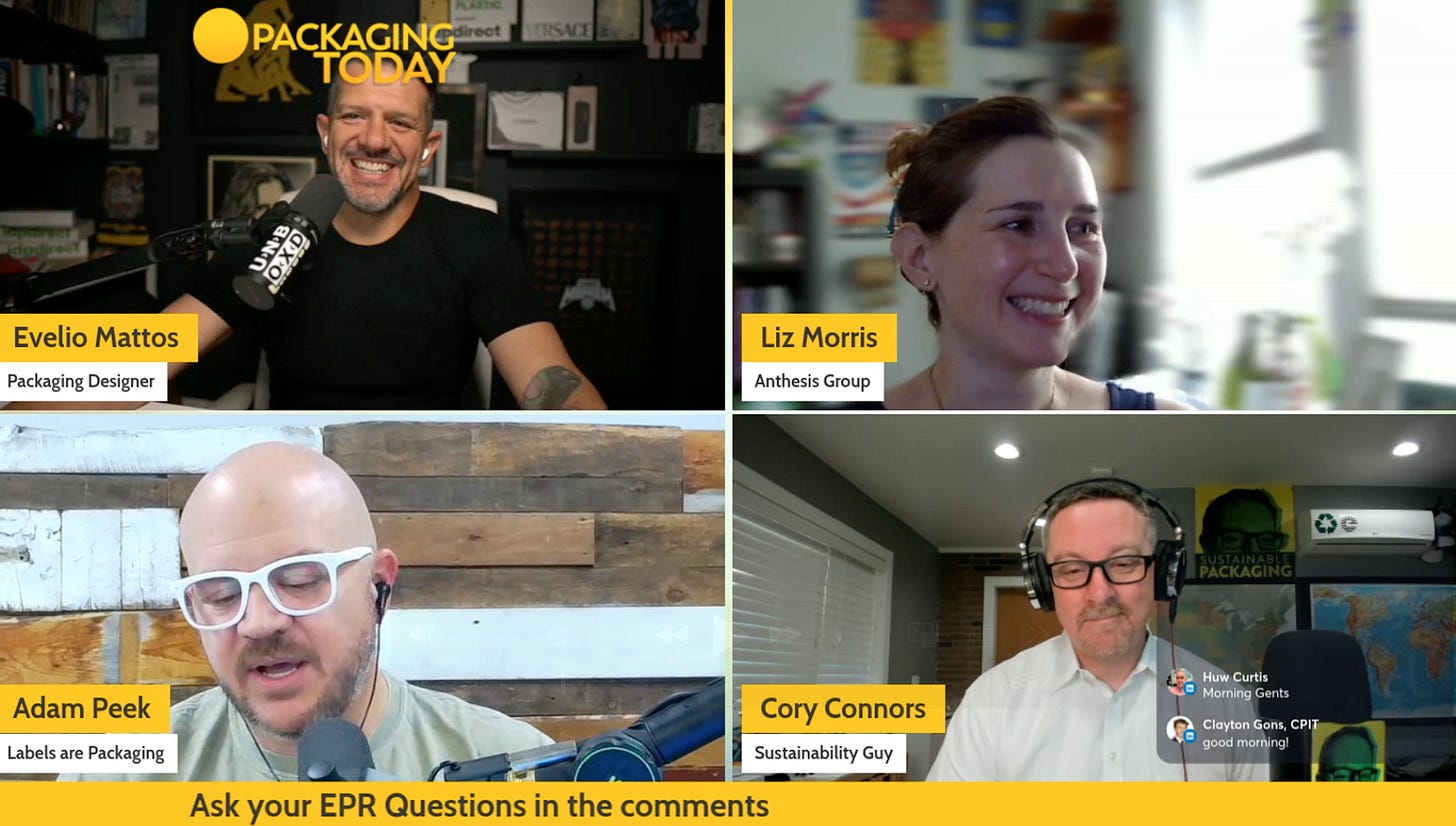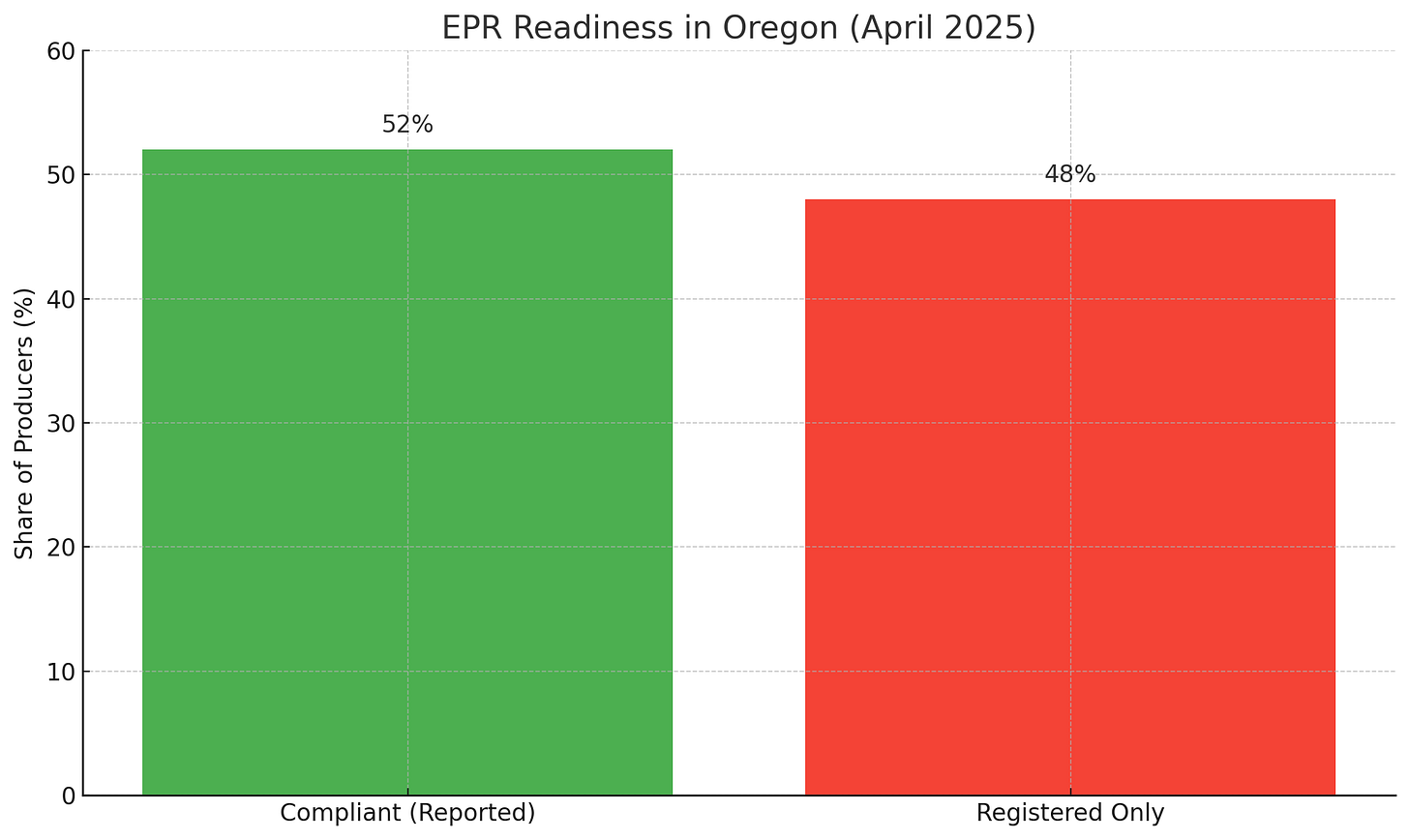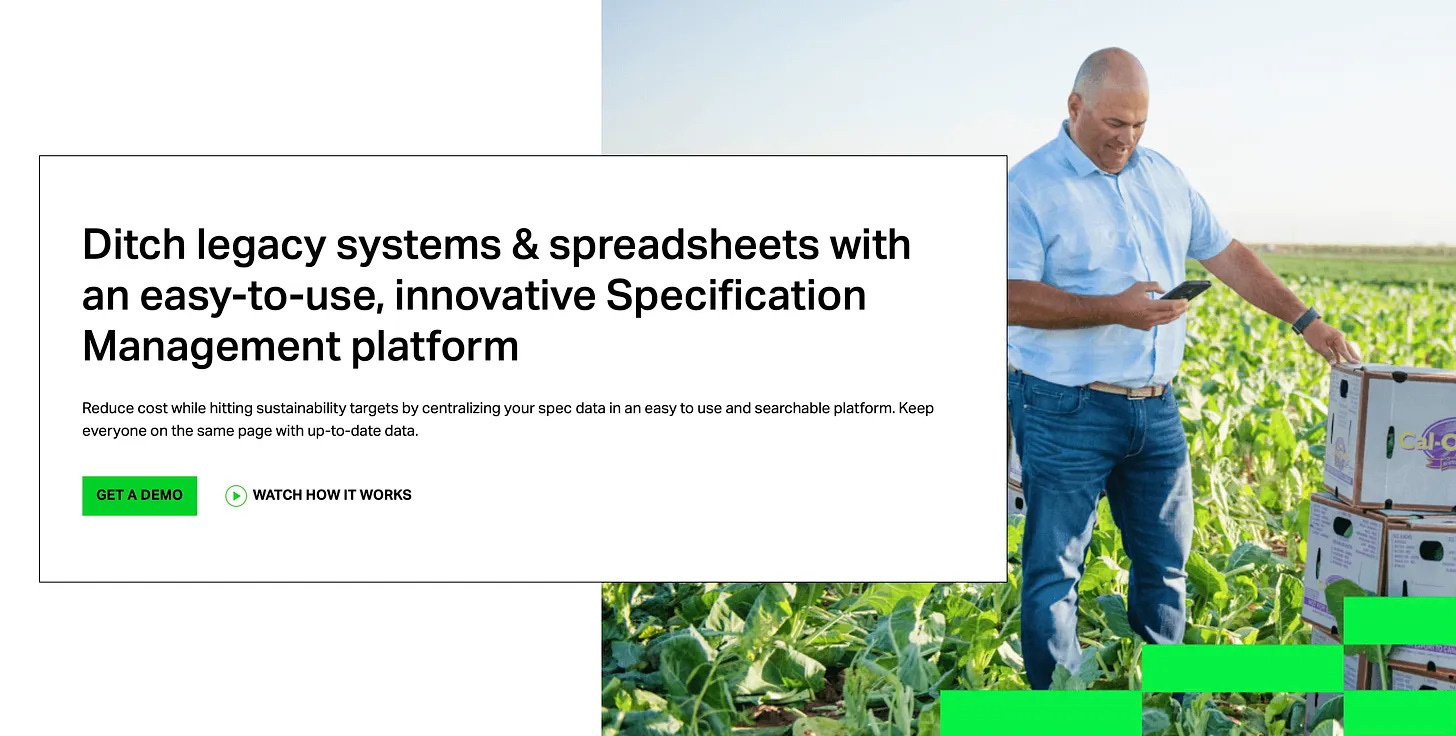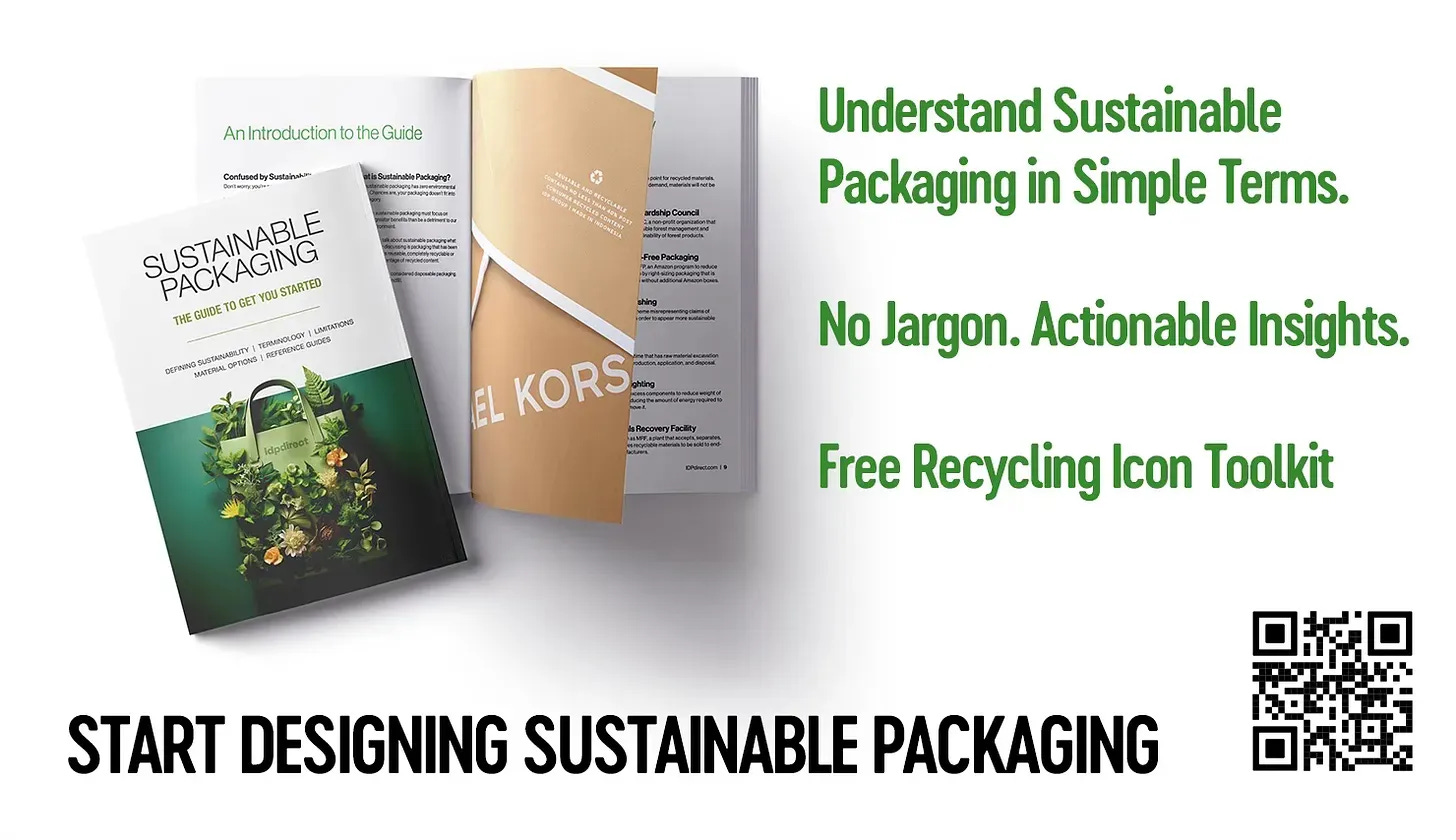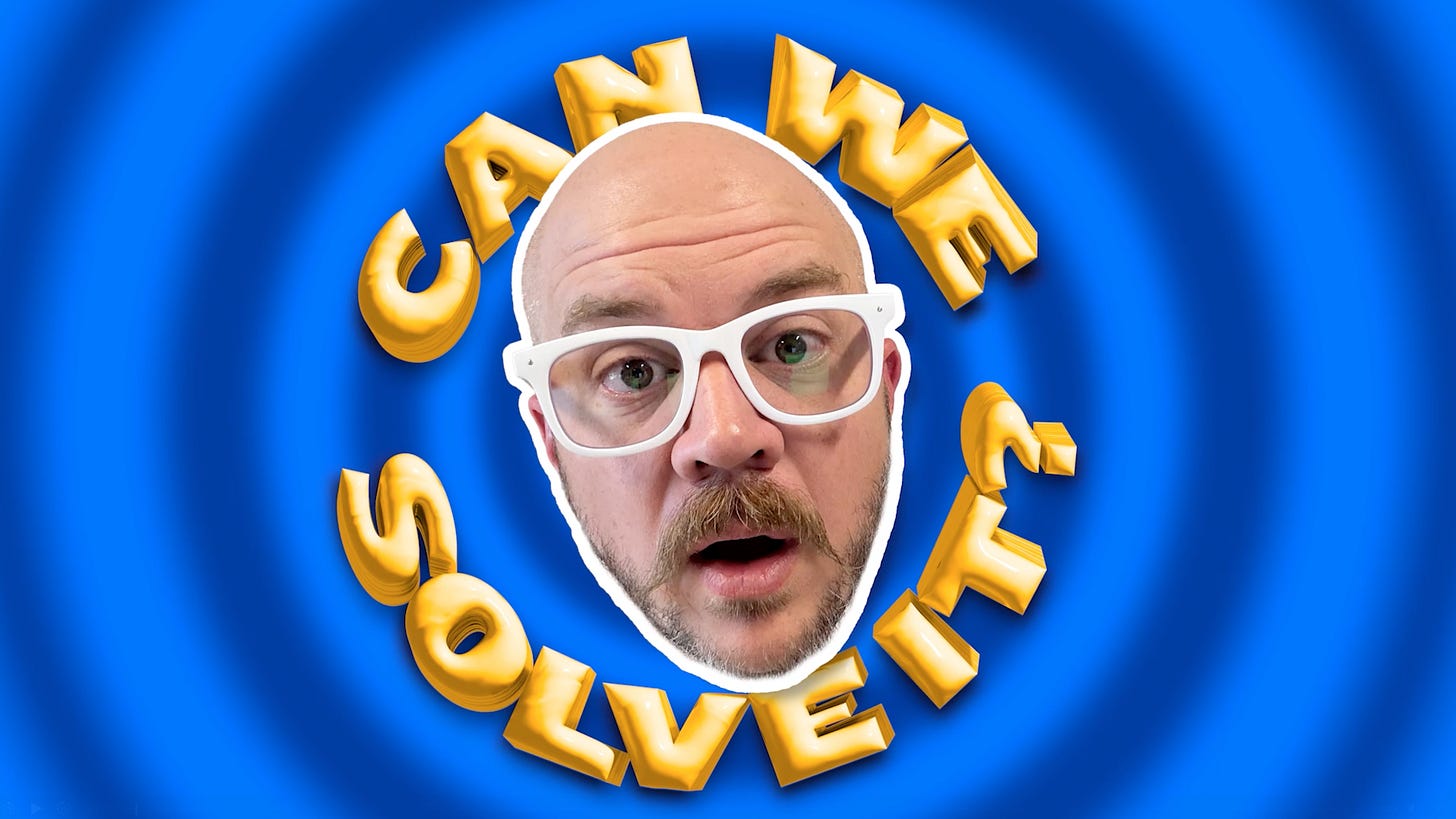Extended Producer Responsibility (EPR) is here. And it’s not just a buzzword. It’s a paperwork-packed, fee-laden, potentially brand-saving (or breaking) policy tornado aimed straight at your packaging department. You in packaging? Congrats. You just got voluntold to care.
Let’s break it down…
🚨 What even is EPR?
EPR stands for Extended Producer Responsibility — which sounds like a corporate HR thing but is actually a sustainability law on a mission. The TL;DR: instead of letting consumers (aka all of us who pretend to understand the recycling triangle) bear the recycling burden, it now shifts that burden back to you, the brand, the producer, the maker of all things shiny and wrapped.
💡 Translation: You make it? You pay for it. Literally.
💣 Hot Take: This isn’t just about plastics.
Nope, it’s not an anti-plastic witch hunt. It’s about improving packaging design to actually be recyclable. That means...
Multi-material nightmare pouches? Bad.
Monomaterial containers? Chef’s kiss.
Clear PET? Futureproof.
Green PET? Sorry, you’re the new Blockbuster.
EPR doesn't say “don’t use plastic.” It says “use better materials... or pay up.”
🧠 The Smart Brand Checklist (That Most of You Are Ignoring)
We asked Liz Morris, packaging whisperer at Anthesis, to spill the recyclable tea. Here’s what she says smart brands are doing:
Tracking Every Damn Component
Yes, even glue dots. Even foil. Even magnets. You want to reduce your EPR bill? Know your BOM down to the gram.Ask: Would a Consumer Rip This Off Before Recycling?
If not, count it as one material. Labels, foil, all of it.Beware the Multi-Material Monster
Laminated pouch with aluminum, LDPE, EVOH? You’re reporting it as a multilayer material. You don’t get points for complexity — you get fees.
📦 Who Pays? The Real Producer Problem
A juicy twist: who’s legally responsible depends on who’s calling the packaging shots. Liz gave us the real tea:
If you’re a brand telling a manufacturer what to make → you’re the producer.
If you’re just bulk-ordering stock bags with your logo → maybe not.
But wait! Colorado vs Oregon vs California? 🌀 It’s a choose-your-own-adventure nightmare. B2B sometimes counts. Sometimes not. Depends on the state. 🤷♀️
🤑 So… How Bad Can the Fees Get?
“Is there a cap?”
“Nope.”
Cue CPG brands crying in recyclable tissue paper.
Early numbers out of Oregon show fees coming in higher than expected. Why? Less weight reported than anticipated. Fewer brands registered. You know, the usual early adopter chaos.
💸 Expect sticker shock. But also expect rebates for playing the game well — stuff like Lifecycle Assessments (LCA)can save you serious coin (up to $200K in Oregon).
Bonus points if you run an LCA and actually change your packaging. They call that “Bonus B”... yes, that’s real.
🧨 What You Should Be Doing NOW
Before the regulatory anvil drops on your product line:
Audit your packaging BOMs. Like, now.
Call your manufacturers. Ask dumb questions before you get dumb fees.
Rip apart your packaging. Seriously. Weigh it. Know it.
Register even if you’re unsure. No penalty for registering, but there’s pain in non-compliance.
And if you're lost in the weeds, talk to consultants like Liz before you talk to your lawyer. (Then talk to your lawyer anyway.)
🥇 TL;DR: EPR = Pay Now or Pay Later
EPR is like the flossing of packaging compliance. Not fun. Not flashy. But ignore it, and you’re bleeding cash.
This isn’t about being eco. It’s about being smart.
And the smartest brands? They’re already redesigning for recyclability, ditching pigments in plastics, swapping magnets for clever folds, and racking up LCA bonus points before the competition even logs in.
🧠 Wanna win at EPR?
Start asking better questions.
And stop pretending the foil stamp doesn’t count.
Need help with this? DM us. Or call Liz. Or go scream into your SKU sheets. Either way, the time to act is now. Because the next invoice might come with a side of regulatory regret.
👕 Oh, and shoutout to “Can We Solve It?” — if you stump us, you get a shirt. No magnets, we promise.





